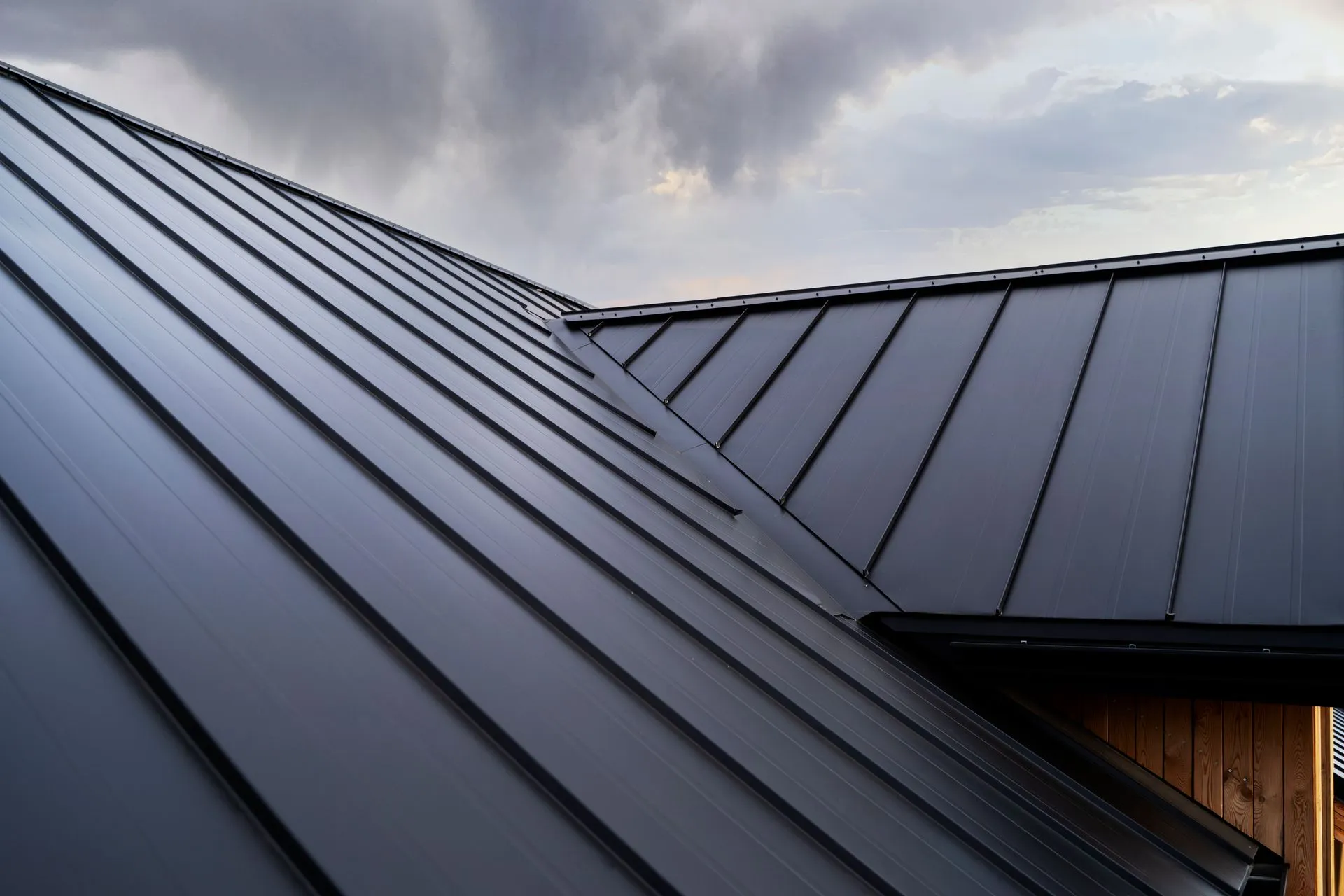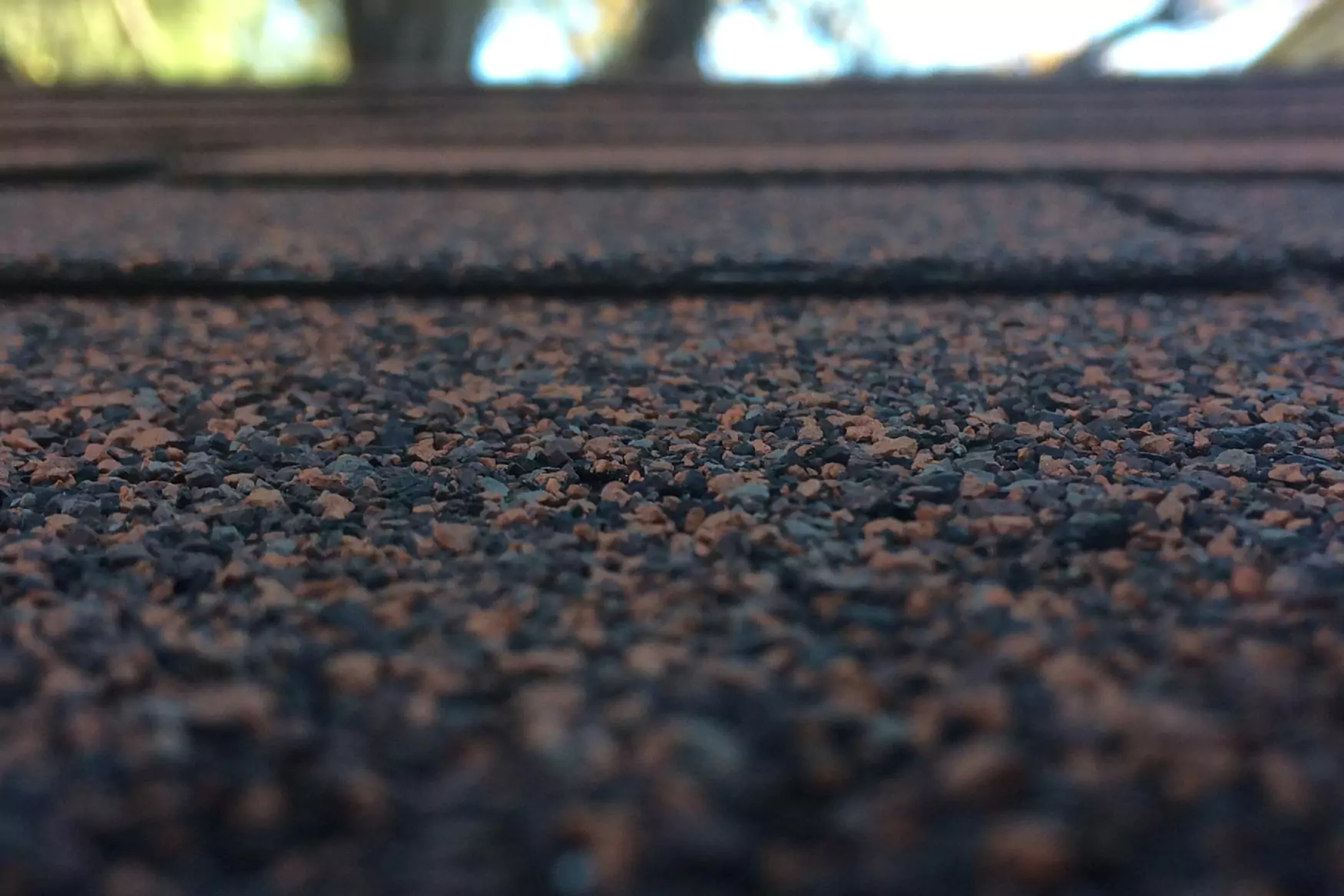Metal roofs have become increasingly popular among homeowners and commercial property owners alike. Known for their durability, energy efficiency, and sleek appearance, metal roofs are an excellent choice for those seeking a long-lasting, low-maintenance roofing solution. But what exactly makes metal roofs so appealing, and are they the right fit for your property?
In this post, we’ll cover the key benefits of metal roofing, the different types available, and essential considerations to help you make an informed decision about what type of roof you install.
What is a Metal Roof?
A metal roof is made from various types of metals or metal alloys and is available in panels or shingles. Metal roofing materials are typically coated to prevent rust and damage, ensuring they last for decades even in harsh weather conditions.
Types of Metal Roofs
Several types of metal roofing materials are available, each with unique features and advantages:
- Steel Roofing
Steel is one of the most popular choices for metal roofs because of its strength and durability. It’s often coated with a layer of zinc (galvanized) or aluminum (galvalume) to protect against rust and corrosion. Steel roofs are relatively affordable and can be styled to mimic other roofing types. - Aluminum Roofing
Aluminum is lightweight, highly resistant to corrosion, and ideal for coastal areas with salty air. While it’s a bit more expensive than steel, aluminum’s durability and low maintenance needs make it a worthwhile investment. - Copper Roofing
Known for its striking appearance and longevity, copper roofing develops a natural patina over time, changing to a beautiful greenish hue. Copper roofs are highly durable but can be costly, making them ideal for unique or high-end properties. - Zinc Roofing
Zinc is a versatile and long-lasting material that, like copper, forms a protective patina over time. Its self-healing properties allow minor scratches and imperfections to blend in naturally, though it is one of the pricier options. - Tin Roofing
Although once popular, tin roofing is now rare and typically only found on historic buildings. Modern metal roofs can achieve a similar aesthetic using aluminum or steel, making them better suited to today’s homes and buildings.
Advantages of a Metal Roof
- Exceptional Durability
Metal roofs are known for their impressive lifespan—many can last 40–70 years or longer, depending on the material. They’re highly resistant to damage from weather elements such as rain, hail, and wind. - Energy Efficiency
Metal roofs reflect sunlight, helping to keep buildings cooler in hot weather and reducing energy costs. Some metal roofs are also designed to have high emissivity, which helps with insulation in winter. - Environmentally Friendly
Many metal roofing materials are made from recycled content and are 100% recyclable at the end of their life. Choosing a metal roof can reduce your environmental impact compared to more disposable roofing materials. - Low Maintenance
Unlike traditional shingles, metal roofs don’t require frequent repairs or replacements. They’re also less prone to issues like algae growth, rot, and insect damage. - Fire Resistance
Metal roofs are highly fire-resistant, making them an ideal choice in areas prone to wildfires. They provide added peace of mind, especially for homeowners in high-risk fire zones.
Potential Drawbacks to Consider
- Higher Initial Cost: Metal roofs can be more expensive to install than asphalt shingles. However, their long lifespan and energy savings can offset this initial investment over time.
- Noise: During heavy rain or hail, metal roofs can be noisier than other roofing types. Adding insulation can help minimize noise if it’s a concern.
- Expansion and Contraction: Metal roofs can expand and contract with temperature changes. Quality installation with proper fasteners and materials can manage this, reducing wear over time.
- Aesthetics: While metal roofing comes in a variety of styles, some homeowners may find it less visually appealing than traditional shingles. However, metal roofing technology has advanced, and many modern options can mimic the look of wood, tile, or shingles.
How Long Do Metal Roofs Last?
One of the main reasons homeowners choose metal roofs is their longevity. On average:
- Steel and Aluminum Roofs: Last between 40–60 years, depending on climate and maintenance.
- Copper and Zinc Roofs: Can last 70+ years, often outlasting the building they’re on.
Regular inspections, especially for fasteners and flashing, can extend the life of a metal roof even further.
Maintenance Tips for Metal Roofs
While metal roofs are low-maintenance, a few key steps can help maximize their longevity:
- Annual Inspections: Look for signs of corrosion, scratches, or loose fasteners. Small issues can be addressed quickly before they become larger problems.
- Clean Gutters and Downspouts: Proper drainage is essential to prevent water buildup near the roof, which can reduce its effectiveness.
- Remove Debris: Clear away leaves, branches, or other debris that could trap moisture or scratch the metal surface over time.
- Address Surface Issues Promptly: Minor scratches can be touched up with paint or a protective coating. Deeper damage may need professional attention.
Is a Metal Roof Right for You?
If you’re looking for a long-term investment that offers durability, energy efficiency, and minimal maintenance, a metal roof could be an ideal choice. While the upfront cost is higher, the longevity and energy savings often make it a worthwhile investment over the years.
At Miller Storm, we specialize in helping homeowners explore the best roofing options for their unique needs. Our team is experienced with all types of metal roofing and can guide you through choosing and installing the best option for your property.
Contact Miller Storm today to learn more about our metal roofing services and to schedule a free consultation!





